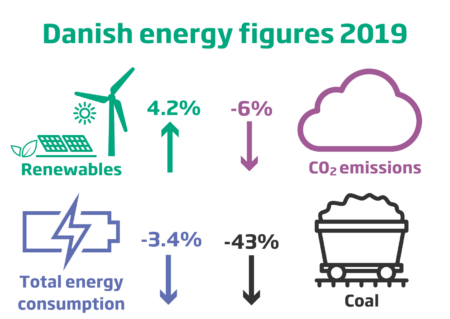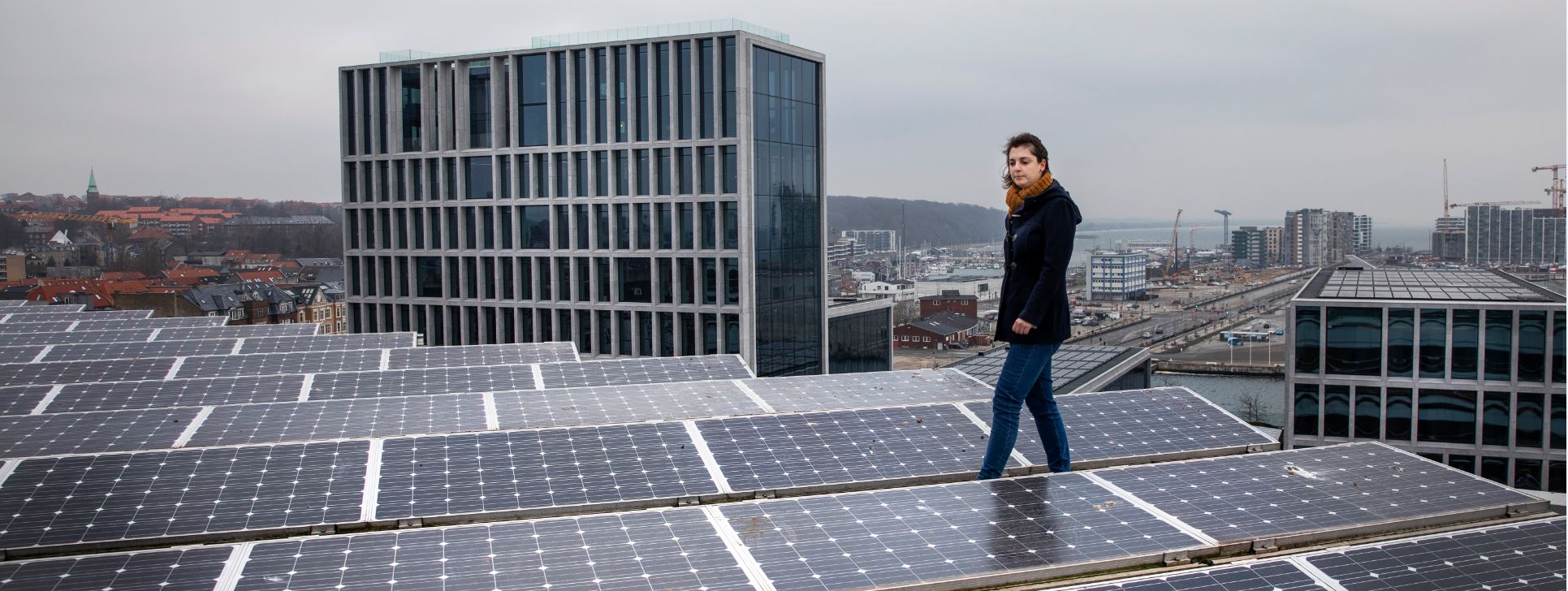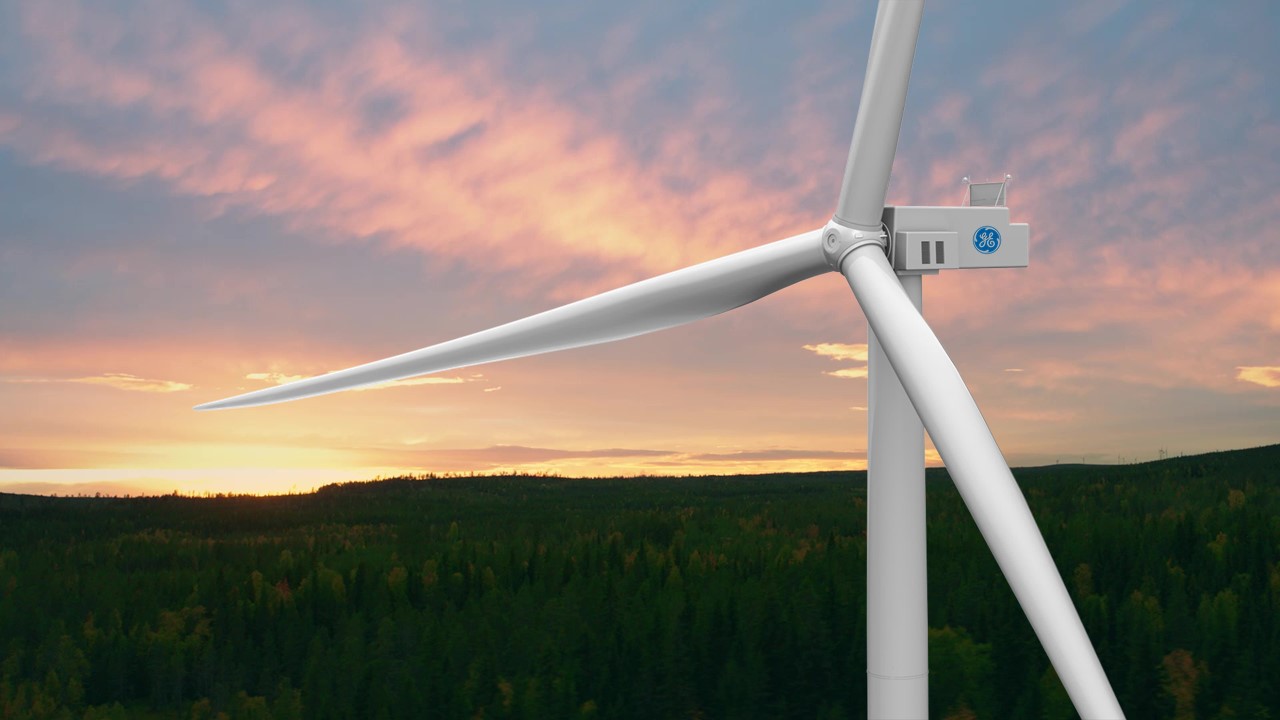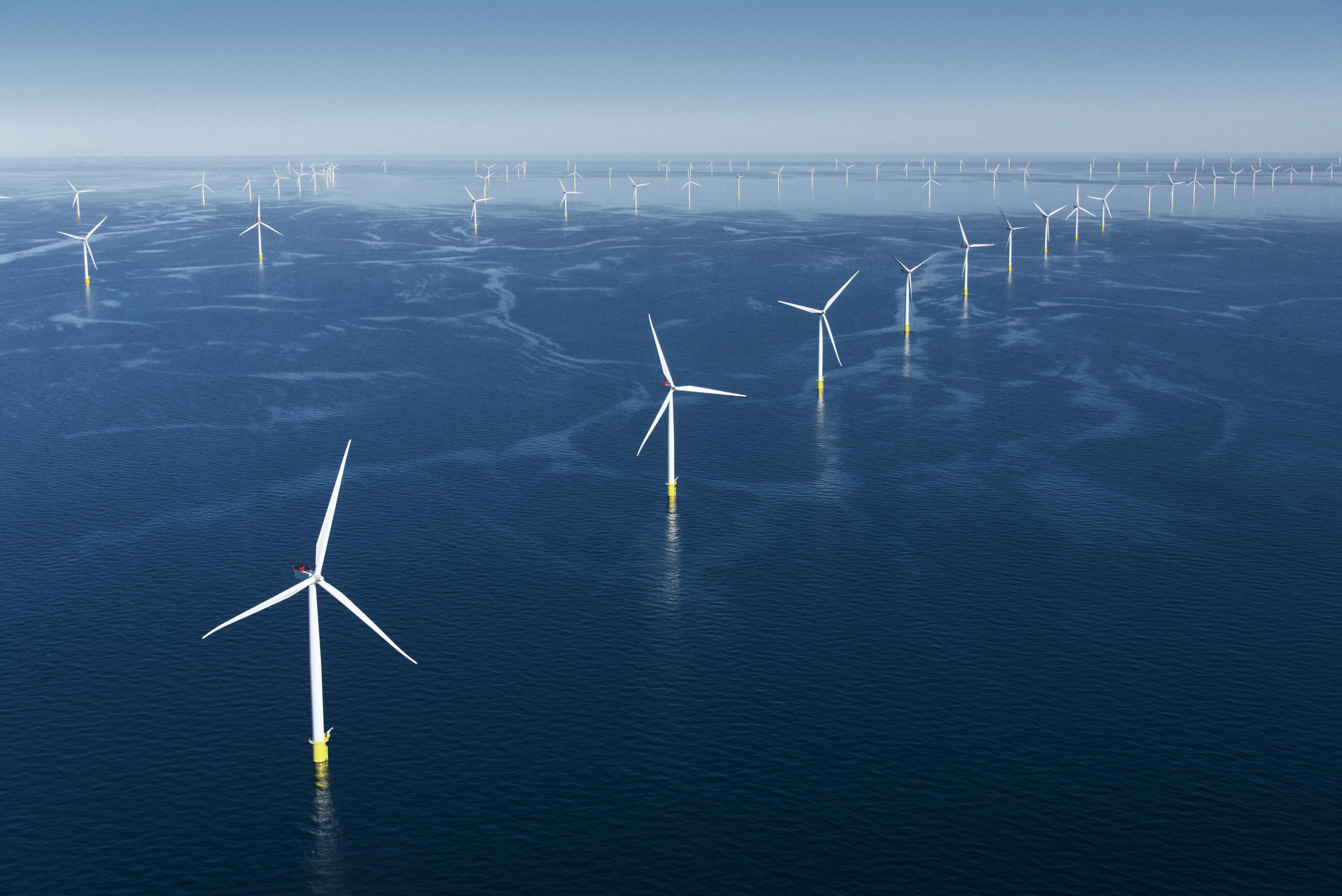News
Bioenergy
Solar energy
Wind energy
CO2 emissions dropped by 6 per cent in 2019 as Denmark has lowest coal consumption in 50 years
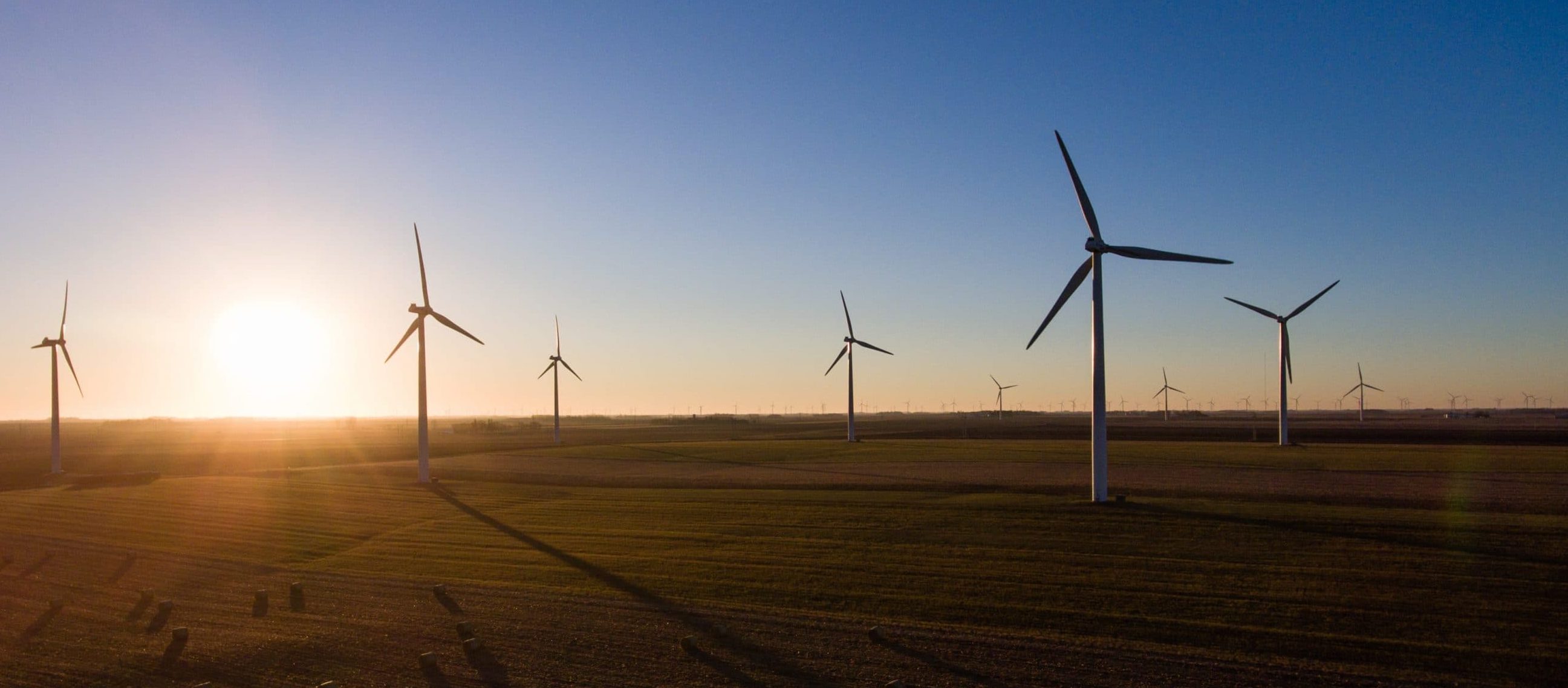

In the almost 50 years that the Danish Energy Agency has collected energy statistics, the agency has not registered a lower consumption of coal in Denmark than in 2019. Only 5 per cent of energy consumption was covered by coal, which means that coal consumption fell by 43 per cent compared to 2018, while consumption of natural gas fell by 7.6 per cent, concludes the Danish Energy Agency (in Danish).
-Related solution: International energy cooperations
The development is partly due to a general decline in actual energy consumption of just over 3 per cent, an increase in net imports of electricity from Denmark’s neighbouring countries and a higher consumption of renewable energy.
Particularly, the consistent increase in renewable energy in the energy mix is helping carry the green transition and 2019 was an exceptionally good year.
All in all, the declining consumption of fossil fuels and the increase in renewable energy meant that emissions of CO2 from energy consumption last year decreased by almost 6 per cent compared to 2018. Since 2010, CO2 emissions from energy consumption have decreased by 34 per cent, the Danish Energy Agency highlights.
Wind energy already breaking records in 2020
In the first three months of this year, wind energy production in Denmark corresponded to 60 per cent of total electricity consumption, which is a new record. Furthermore, the average settlement price for wind energy in February and March was record low at around EUR 0.01/kWh, and such a long period of such low electricity prices has not previously been seen in Denmark.
“The green transition of the electricity system has reached another milestone and it is good news in an otherwise difficult time that the wind energy in the Danish electricity system can cover such a large part of energy consumption. It is a great starting point for the upcoming climate action plans, where wind energy should be utilised to the maximum as the cornerstone of the energy system,” said Jan Hylleberg, CEO of Wind Denmark in a press release (in Danish).
-Related solution: Largest offshore wind project in the US has Ramboll participation
The record high production levels and record low prices on wind energy are coinciding with a record number of wind turbines producing electricity without subsidies.
Around 2,700 onshore wind turbines (larger than 25 kW) with a total capacity of just over 1,900 MW are no longer subsidised. As a result, two out of three Danish onshore wind turbines generate electricity without subsidy. The operation of the non-subsidised turbines is financed exclusively with the income from the electricity market.
-Related news: 45 Danish offshore wind turbines part of massive expansion of wind energy in the EU
-Related State of Green publication: Wind energy moving ahead whitepaper
Sources
Danish Energy Agency (in Danish)
WindDenmark (in Danish)
Photo by William DeHoogh on Unsplash
You should consider reading
publications
Resource efficient production
+15
